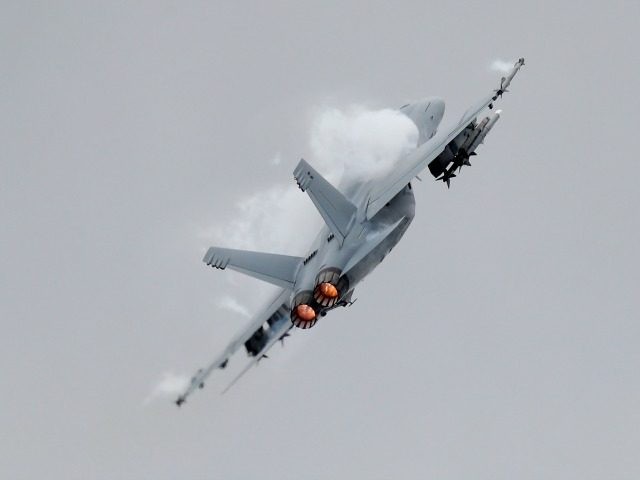With President-elect Donald Trump promising a huge military expansion, Boeing is moving half the jobs out of its sprawling Huntington Beach facility as the company streamlines in preparation for huge manufacturing orders coming to Southern California.
Expecting that a Hillary Clinton presidency would be a continuation of the Obama administration’s shrinking the number of military personnel and weapons procurement, Boeing was consolidating its Defense, Space & Security division, while dramatically expanding its Commercial Aircraft division.
In an effort to keep its skilled defense industry workforce, Boeing announced that 2,800 of the current 4,300 jobs in Huntington Beach facility would be transferred to other locations. Their Seal Beach facility will pick up 300 transfers; 1,600 positions will move to plants in Long Beach and El Segundo; 500 jobs will be sent to St. Louis, Mo.; and 500 will be reassigned to Huntsville, Ala.
Boeing’s defense unit had been trying to cope with declining revenues for the military aircraft procurement. It even announced that it was converting one of its large St. Louis-based defense facilities to produce composite parts for its hot 777X passenger jet.
Recent commercial successes include an order from Qatar for 30 Boeing 787-9 and 10 Boeing 777-300ER airframes; a UPS order for 14 Boeing 747-8F aircraft; and an Atlas Air freighter conversion order of 9 Boeing 767 second-hand passenger jets. Boeing is also in the final stages of securinga blockbuster order for 109 large passenger jets from Iran Air.
But all of this scaling down of Boeing’s defense effort was before the surprising election results. At the time, the Navy had just hit a 30 year low of 272 ships and the Army was shrinking fast toward to a modern low of 460,000 active duty personnel.
Donald Trump has stated he wants to build a Navy of 350 ships. The last time the U.S. Navy had 350 ships in its inventory was in early 1998, at which time it had 12 carriers, 30 cruisers, 53 destroyers, 40 frigates and 70 fast attack submarines.
Trump insider and Sen. Jeff Sessions (R-AL), a rumored top contender for Secretary of Defense, discussed Trump’s Army plans with Defense News. “We now have about 480,000 troops. He proposes that the Army should be sustained at 540,000 troops.”
Boeing’s Southern California Defense units are positioned to gain substantial contracts for new attack aircraft, helicopters and missiles from Trump’s military restructure.
Trump advisers believe that China is rapidly becoming an existential adversary to U.S. aircraft carriers by equipping South and East China Sea islands with “stand-off” aircraft and drones to keep carrier planes from threatening the Chinese mainland.
The average unrefueled range for carrier air wings during the 1950s was 1,200 miles, with some aircraft able to go 1,800 miles to attack targets. The unrefueled range shrank to 900 miles in the 1970s, but the carriers had developed a strong “organic tanking” capability to meet strategic requirements. The average carrier air wing’s unrefueled range today is just 500 miles and tanking capability has significantly degraded.
Trump wants to raise military attack aircraft purchases from 25 per year to 200. Boeing has the edge for obtaining new orders for its highly-reliable F-15 and F-18 tactical fighter jets, because they cost about $30,000 an hour to operate. That compares to the unreliable fifth-generation F-35, costing $42,000, and the F-22, costing $59,000 an hour to operate.
More tactical fighters mean more high-tech Boeing missiles, satellites and other weaponry that will likely be produced in Southern California.
Here is the Boeing recruitment site for jobs offered in Orange County.

COMMENTS
Please let us know if you're having issues with commenting.